The last few years in veterinary medicine have been dynamic to say the least. 2022 was no different! According to the Veterinary Industry Tracker, powered by Vetsource and the AVMA, veterinary practices increased their revenue by 5.2% while the number of visits decreased 3.1% over the same time period.
As we begin 2023, the industry is still facing staff shortages and questions about a pending recession. Despite these trends, pet ownership remains strong in the United States, creating the makings for yet another interesting year in veterinary medicine.
In this article, we’re highlighting the most important trends to help you navigate the changing landscape of veterinary medicine.
Pet Owner Trends
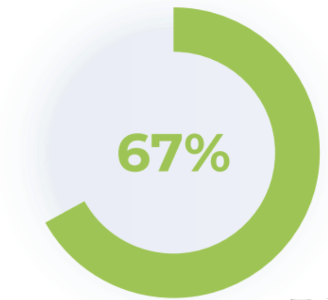
It’s no surprise that pet ownership has increased over the last few years. In 2019 67% of households owned pets, showing a steady increase over the past several years that is starting to stabilize now. According to 2020 data from the AVMA, homeowners earning over $100,000 annually were three times more likely to have acquired a pet.
Consumer pet spending increased from 2020 to 2022.
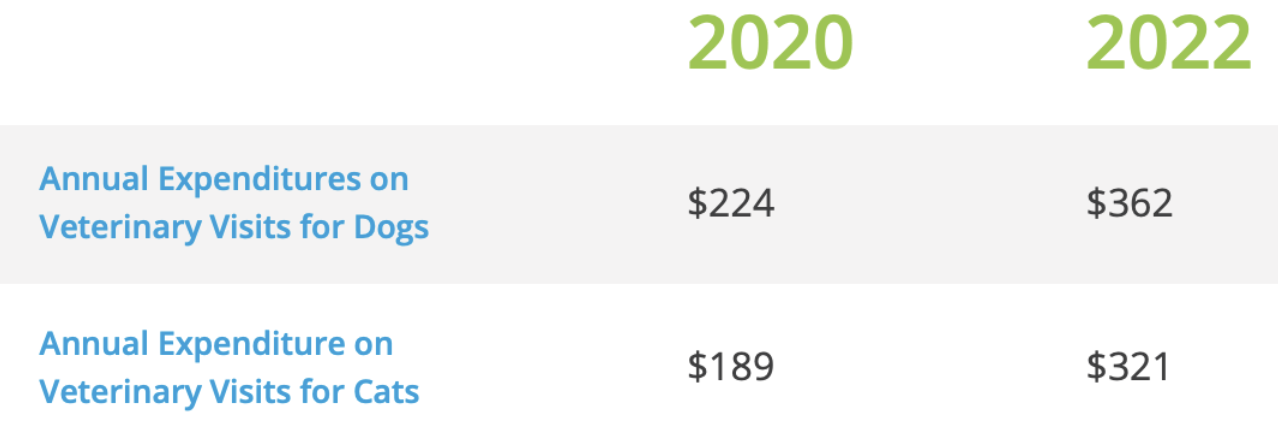
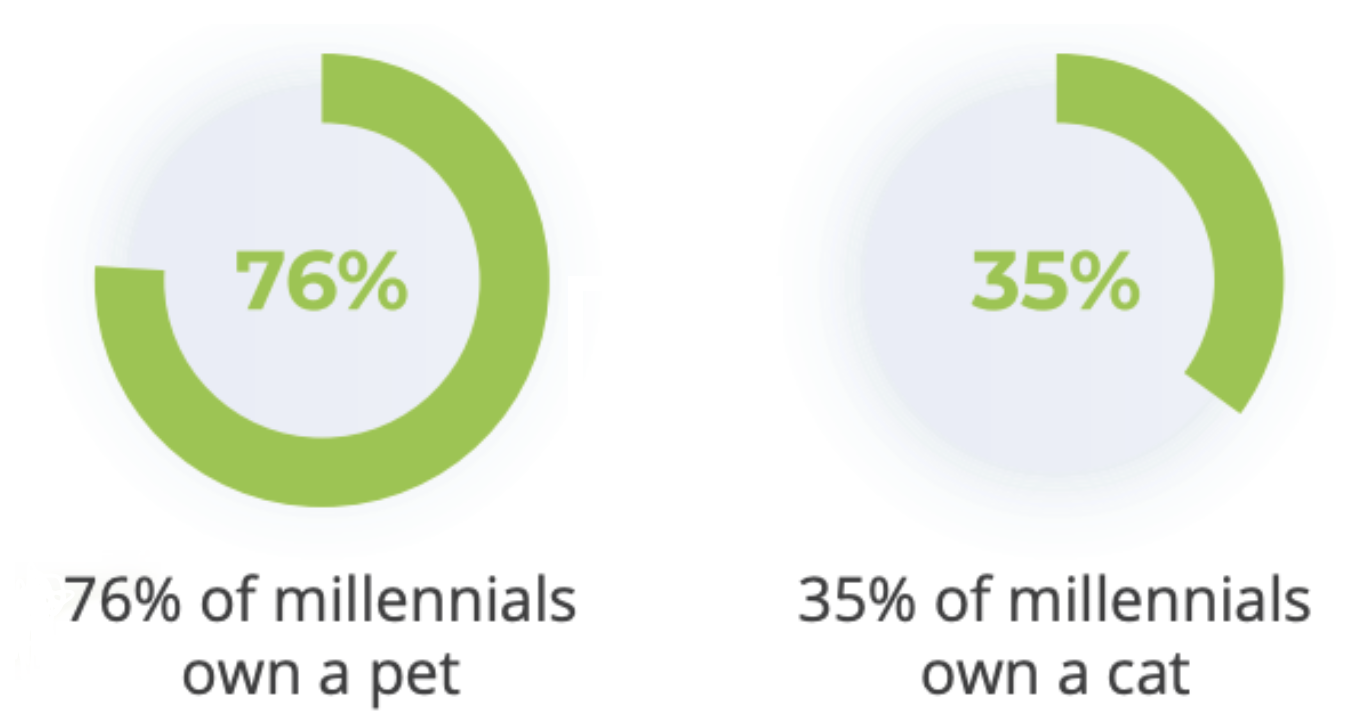
Millennials have the most share of pet ownership in the US with 31% of pet owners being millennials.
Dog owners spend over $1,000 annually on veterinary care and the average pet owner in the US spends $1,332 annually per pet.
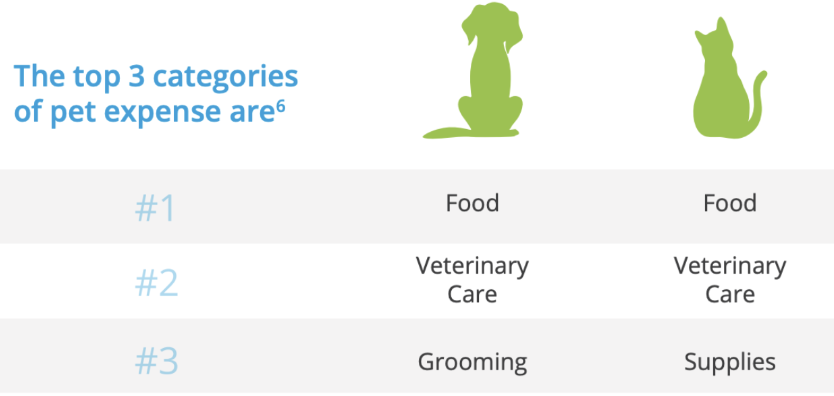
Veterinary Workforce Trends
Between 2021 and 2031, veterinarian jobs are projected to grow by 19%, according to the Occupational Outlook Handbook. This translates into 15,000-18,000 jobs that will go unfulfilled by 2031.


Turnover continues to be a major obstacle in the industry. Clinics are increasingly focused on employee retention programs.
Salaries are increasing with the demand for veterinarians. Many veterinarians are earning a base of $100,000, with emergency veterinarians commonly demanding $200,000 or more.


Many veterinary clinics are implementing technology innovations now to combat the persistent staff shortages.
- Veterinarians are dictating the work schedules they want because they have the upper hand from increased demand.
- Clinics are beginning to utilize telehealth platforms to enable hybrid work-from-home models for administrative and clinical staff. A new generation of veterinarians place life before work, placing pressure on clinics to offer work-from-home options and focusing on personal needs before professional demands.
- Most veterinary students leave school owing nearly $160,000, with an income-to-debt ratio of 2:1. Growing salaries may help mitigate this with increased demand for services, but in 2022 student debt remained an issue.
Veterinary Workforce Trends

Technology continues to innovate and provide unprecedented pet connections, including smart feeders, litter boxes, wearable tech, etc.
Pet owners now expect digital communication, online booking, and text messaging as a standard, not a value-add.


Artificial intelligence enters the vet-med scene. Keep an eye on this trend that is impacting almost every industry.
According to Packaged Facts, e-commerce of pet products accounted for 36% of total pet product sales.

Pet Travel Trends
There was an over 300% increase in International Pet TravelPasses issued through GlobalVetLink in 2022 over 2021.
California, Georgia, and Florida are the top three states from which pets are traveling.
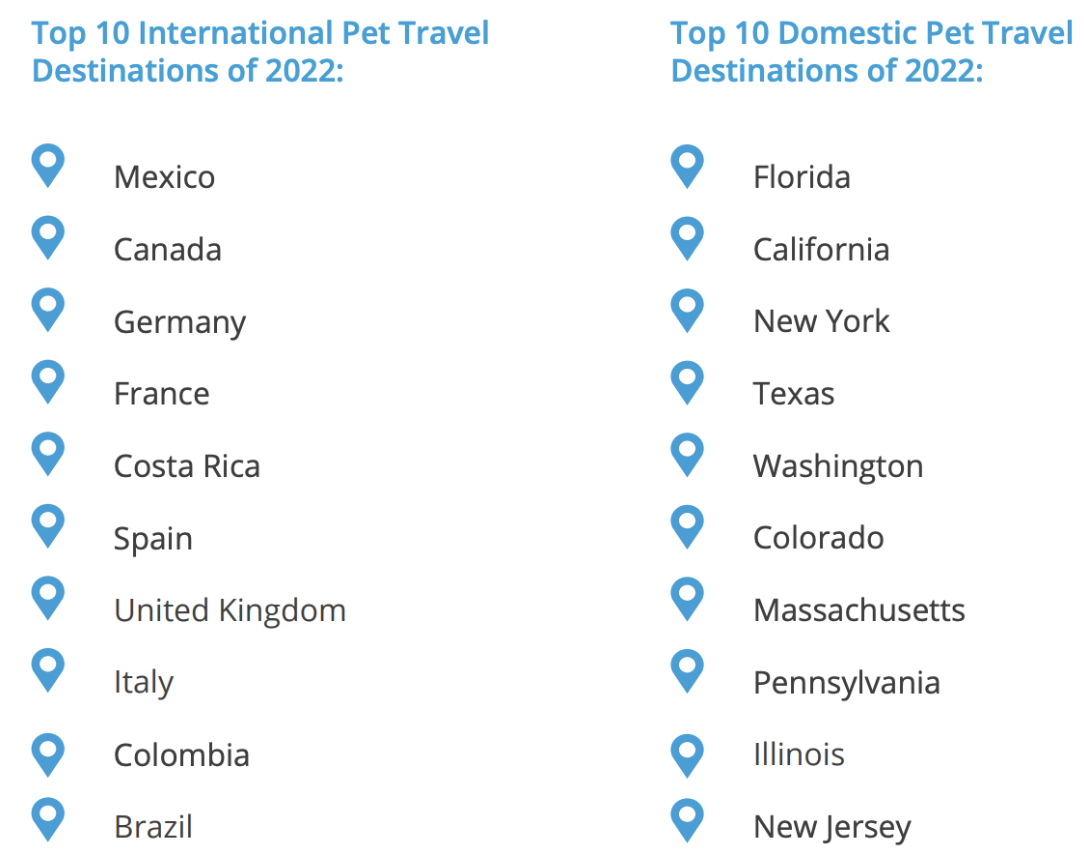

Download The Full 2023 Trends eBook!
Want to learn more? Download the full 2023 Veterinary Medicine Trends eBook here!
Citations:
